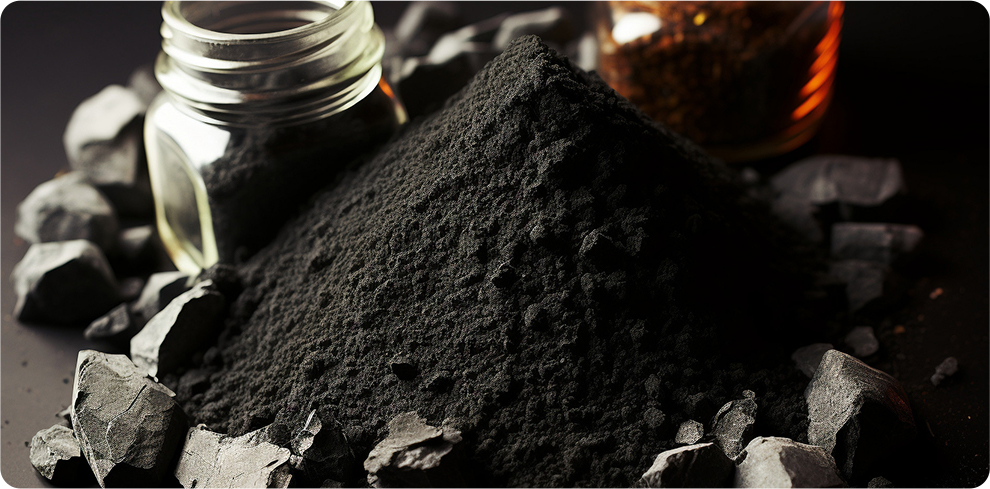What should we do if my activated carbon fails?
Activated carbon is easy to be "clogged" by water, it is recommended to "revive" it once every 5 days.
The adsorption properties of activated carbon are due to its developed pore structure. "As we see the sponge, in the same weight conditions, the sponge can absorb more water than other objects, the reason is that it has a developed pore structure." Lv Changfu said that although the pore structure of activated carbon cannot be seen with the naked eye, the developed degree of the pores is unimaginable.
Lv Changfu introduced that the specific surface area of ordinary activated carbon is 500 to 1700 square metres per gram. If you take 1 gram of activated carbon with a specific surface area of 1,100 square metres/gram, all the pore walls inside will be expanded into a plane, and the area will reach 1,100 square metres. This means that such activated carbon as long as the size of 1 yuan coin (weighing about 3g), the internal adsorption area is as large as a standard football field.
Moist activated carbon is quickly revived by microwave heating.
How to revive activated carbon? The commonly used method of sun drying is not only time-consuming, but also requires high light and temperature. Especially in the autumn and winter seasons, Chongqing cloudy and rainy weather, this method is even more ineffective.
Through scientific experiments, Lv Changfu and his research team came up with a new method to make activated charcoal "resurrect" quickly - heating activated charcoal in microwave oven.
The research team soaked the activated carbon for 1 minute, and then drained the water from the bowl to simulate the activated carbon being damp. After that, the bowl with the damp activated carbon was put into the microwave oven and heated for 90 seconds. After the activated carbon cooled down, the activated carbon was poured into the water, and a large number of tiny bubbles appeared in the water immediately.
Lv Changfu analysed that the bubbles appeared in the water because the water was immersed in the pore structure of the activated carbon, forcing the air in the pores to be discharged, thus producing bubbles. This means that the water in the pore structure of the activated carbon has been removed and the activated carbon has regained its activity.
The principle is that a microwave oven can heat polar molecules, but not non-polar molecules. While water is a polar molecule, activated carbon is a non-polar molecule. So when the microwave oven heating, water is heated from the pore structure of the activated carbon evaporation.





